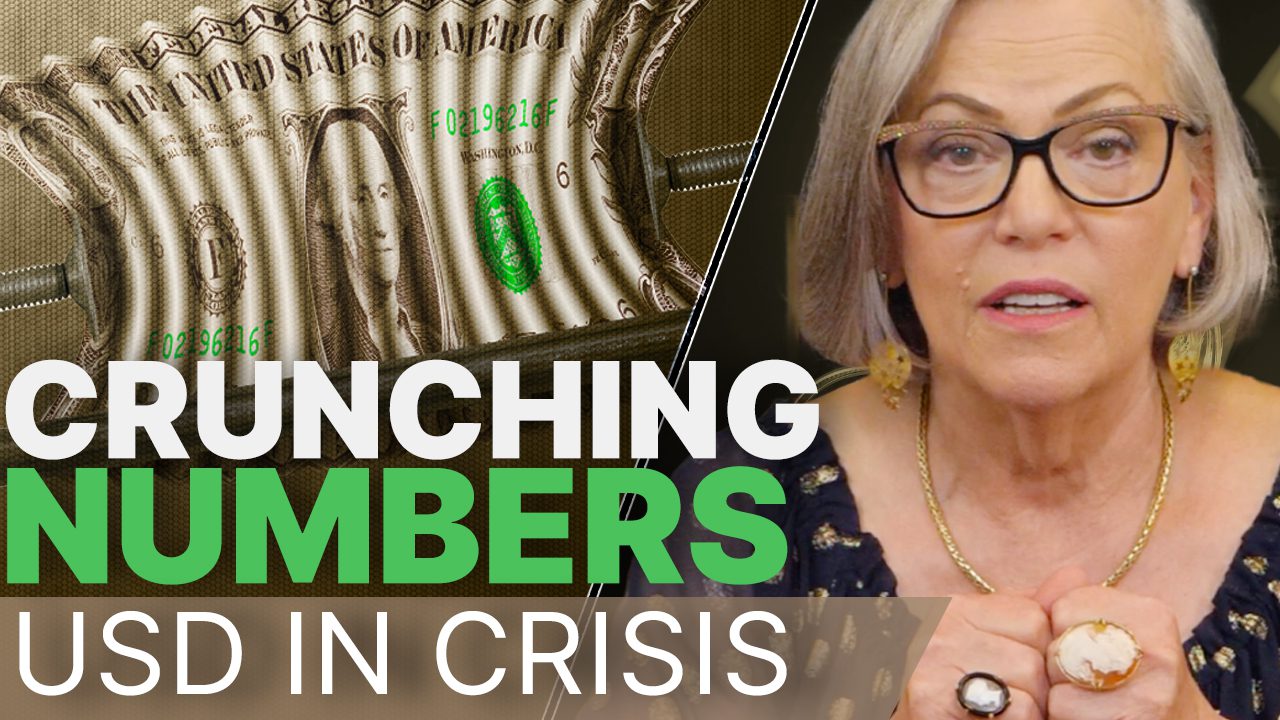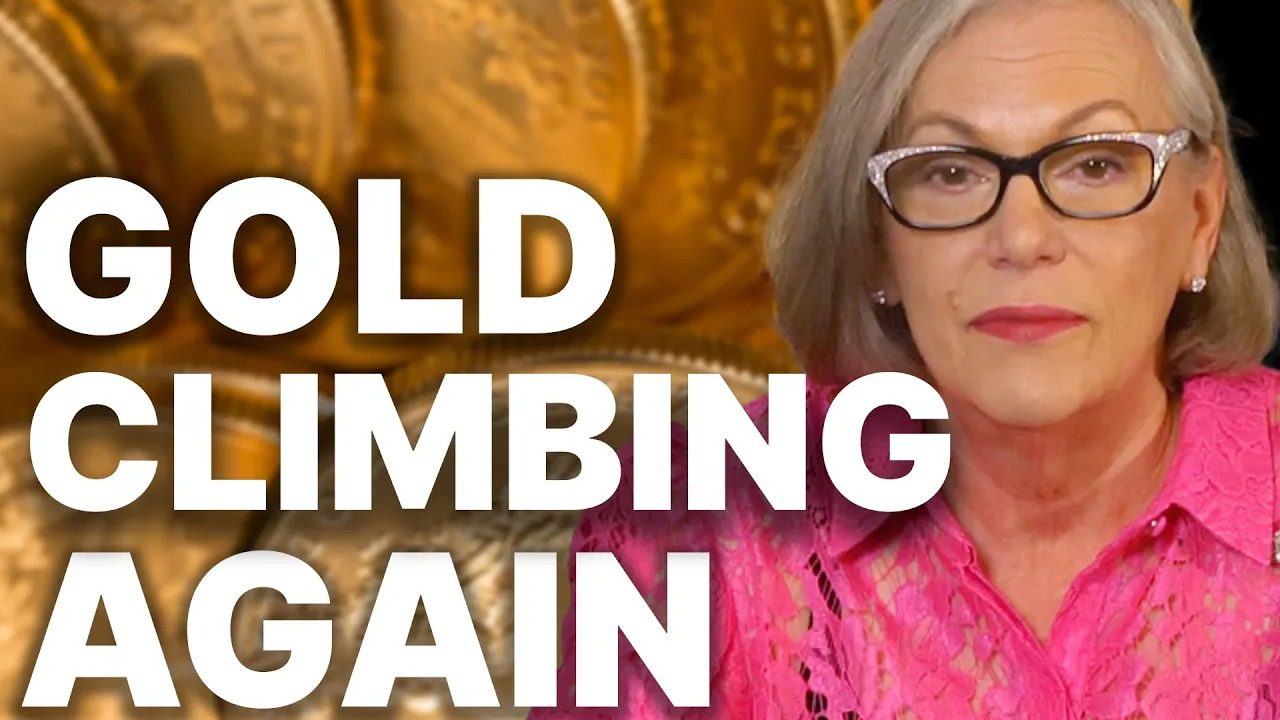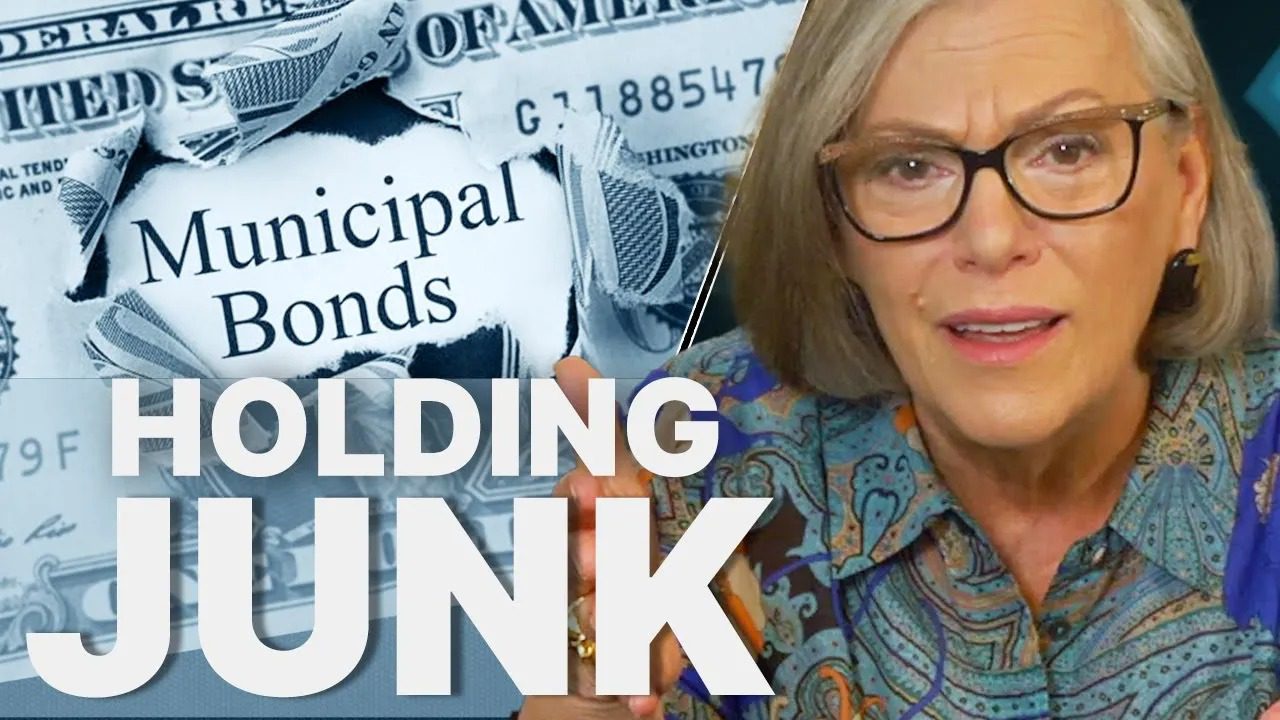Why You Should Approach a Gold Trading Company

Why You Should Approach a Gold Trading Company
According to a closely monitored report by the industry, the sovereign debt crisis and the uncertainty of an economic recovery have stoked interest in investments that could actually push gold above $1,300 an ounce in 2010. Investors hoping to benefit from this are approaching gold trading company professionals. With the reduction in interest rates by central banks and the high unemployment levels, the demand for investments in gold should rise, metal related consultancy GFMS Ltd. concluded in its Gold Survey 2010 Update.
GFMS chairman, Philip Klapwijk said, “I think we could easily see gold spike well above $ 1,300 for the year… further gains in 2011 are far from out of the question.” He also said that although the United States has managed to remain unaffected by the sovereign debt crisis up till now, this condition may soon change in the future with an increase in gold investments.
Gold Trading Company Update
Technical analysis suggests that this is a good time to buy or own gold, said Marvin R Clark, Chief Economist at Monsoon Wealth Management, in an October 10, 2010 article. If one calculates the cost of gold from the 1980 high of $850 an ounce, with the necessary adjustment for inflation, gold today would be priced at $2,250 an ounce, the article said.
This is probably why gold trading company professionals have been seeking investments in gold in 2010. In June 2010, a Spanish gold trading company purchased the world’s biggest gold coin valued at what the quantity of the yellow metal in it was worth. The coin was purchased from an insolvent investment firm at an auction in Vienna for EUR3.27 million ($4.02 million).
Why Investors Turn Towards A Gold Trading Company
Those wishing to invest their money are increasingly turning towards a gold trading company, in view of the US economic scenario. Here are some statistics that may throw light on the possible reasons for this trend.
- Gold Vs Real Estate: The 2008-2009 economic crisis very nearly ruined the credit market. Real estate is one of those assets that are highly dependent on credit. Residential real estate has fallen about 25% to 50% of its original value, while gold has still been up for nine of the past ten years. Economists are projecting this trend to continue.
- Gold Vs Currencies: In early October 2010, The Financial Times quoted the Brazilian minister of finance Guido Montega as saying that all central banks were engaged in an “international currency war”. The US Treasury is pressurizing China to adjust its currency against the dollar. Japan is influencing the Yen to boost exports. Many exporting countries are making deliberate attempts to push their currencies lower to increase their domestic exports. Unfortunately this devaluation of respective currencies will not work out for everyone. The economic recovery of the US, which is forecasted to last up to 2015, will lead to currency devaluation by the Federal Reserve, and compel countries to rethink their dollar holdings, the report said. This will significantly push the dollar down while putting an upward pressure on gold prices.
Hedge Yourself Against Inflation and Deflation
Counter Inflation with Gold as a Hedge
Many studies have revealed that gold and other precious metals are among the few assets that have a positive correlation coefficient with relation to inflation. Ibbotson Associates has found that portfolios can improve returns and minimize risks by allocating 7% to 15% to gold. Another study conducted by Wainwright Economics, an esteemed independent research firm, showed that gold was the most effective gauge of increasing inflation. Their research revealed gold’s potential as an effective shield to counter inflation shocks when used in combination with other effective inflationary hedges.
Counter Deflation with Gold as a Hedge
Everyone recognizes the value of gold as an effective hedge to counter deflation. This is because gold is a significant reserve asset with a finite currency. More importantly it is free from any corresponding liability.
Contrary to the popular misconception, gold does perform well in periods of deflation. This can be proved by taking into consideration the Great Depression of the 1930s, when the dollar was devalued sharply and gold revalued by Roosevelt, with gold prices going from $20.67 an ounce to $35 an ounce. The Dow Jones dipped by 90% while property prices went down by over 50% during the beginning of the Great Depression.
Considering more recent times, during the early phases of the 2007-2009 global economic and financial crisis, gold prices rose during this period, performing better than all other assets.













